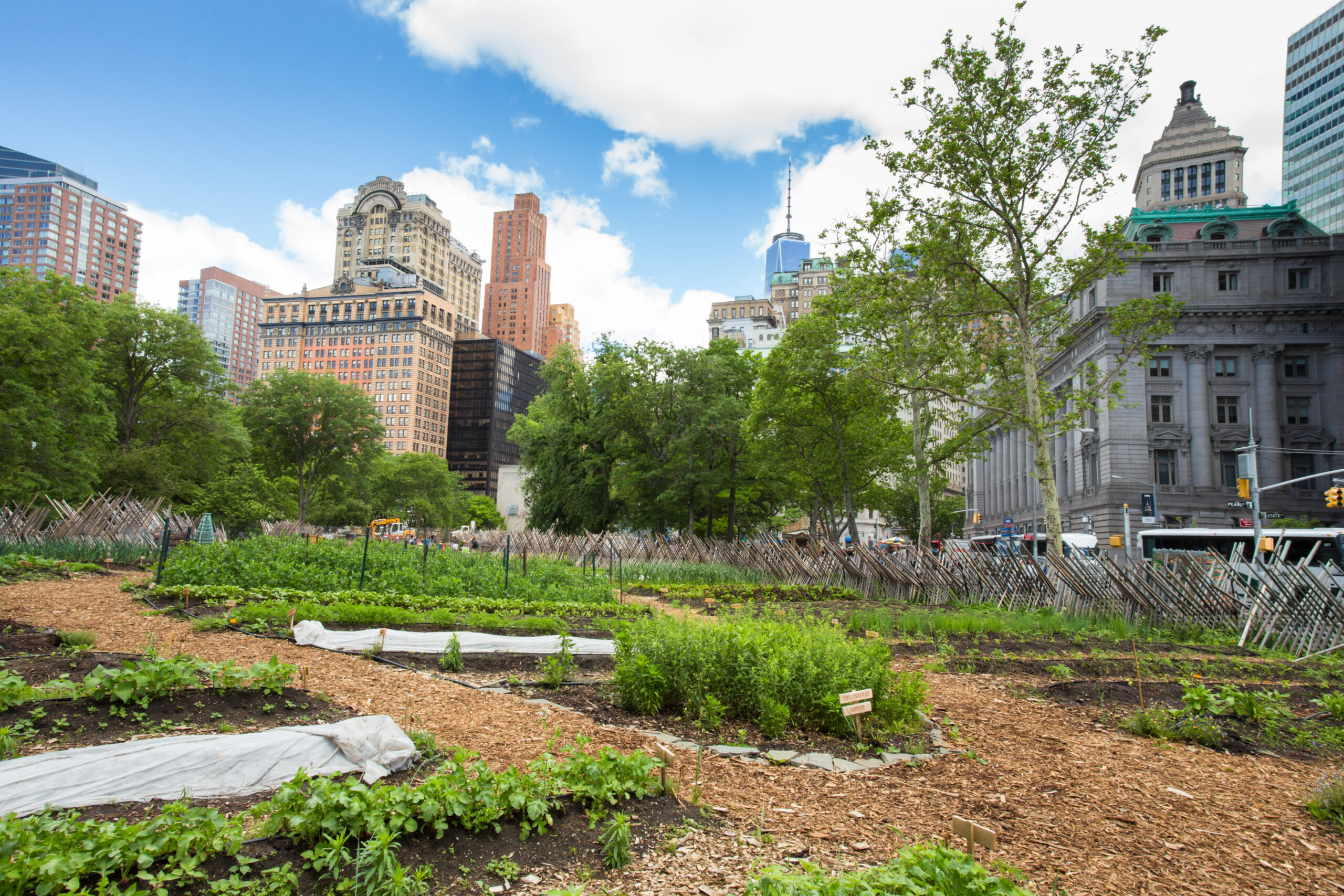Not known Factual Statements About City Blooming
Table of ContentsThe Ultimate Guide To City BloomingThe Of City BloomingThe Best Guide To City BloomingFacts About City Blooming UncoveredCity Blooming for Beginners
Fascinated in growing food for sale in the City of Chicago? Below is a checklist of often asked concerns relating to the rules and guidelines that farmers must take into consideration when preparing an urban farming task.
The zoning modification does not change any type of other codes managing composting, structure licenses, acquiring or leasing City owned home, company licenses or environmental contamination. There are existing codes that control these concerns and they stay in complete result and might apply to your task. Community yards are generally had or managed by public entities, civic organizations or community-based organizations and maintained by volunteers.
Urban farms grow food that is intended to be offered, either on a nonprofit or for-profit basis. Due to their business function, city ranches need a company permit. Yes. An area yard is allowed to offer excess generate that was expanded on website if the sales are accessory or subservient to the yard's main purpose defined above.
City Blooming for Beginners
Composting is permitted yet just for plant material that is generated and used on website. The quantity of garden compost product can not go beyond 25 cubic backyards at any kind of offered time according to the requirements in 7-28-715 of the City's Municipal Code. Yes. Since the soil at the majority of brand-new yard websites requires changing, garden compost, soil, timber chips, or various other products can be acquired to construct or enhance the growing room - balcony and patio garden design.

If a structure authorization is needed then the hoophouse will certainly be considered an accessory structure. You can learn even more concerning the structure license demands by calling the Department of Buildings. The 25,000-square-foot dimension limit is planned to stop a single community yard from dominating an offered block or diminishing the block's existing domestic or industrial character.
The limit does not apply to yards situated in Public Open Area (POS) districts. Can there be more than one neighborhood yard that is 25,000 square feet on a single block? Yes. The dimension limit uses to individual yards, not to individual blocks. No. Secure fencing is not needed, however, yards that have huge car parking locations may be needed to install fence or other landscape design features.
City Blooming Can Be Fun For Anyone
B1 & B2 areas need that all industrial use activities be performed indoors. Is fencing required for urban ranches? Fencings may be required, along with landscaping and screening, for particular auto parking locations and outside work or storage areas depending on location and the specific activity taking location.
Yes. Urban farms need structure permits and zoning authorizations prior to building. Various other kinds of city testimonial may be required depending upon certain frameworks, tasks, dimension, landscape design, licensing, public heath and stormwater administration concerns. Numerous of these requirements are identified in the project layout or permitting procedure, nevertheless, the applicant may be responsible to individually recognize details licenses or permits that might be called for.
Yes. The type of license is established by what is happening at the website. The Department of Organization Matters and Consumer Defense can help identify the certain sort of business permit that's required. Yes. Off road parking is needed for a lot of commercial projects in Chicago. The required variety of car parking areas is based upon the variety of staff members servicing site and not the square video footage of the expanding area.
Everything about City Blooming

Yes. A metropolitan ranch can sell garden compost product produced on website, nevertheless, the procedure needs to comply with the regulations in 7-28-715 of the Chicago Municipal Code. Yes. Aquaponic systems are allowed inside on city farms in lots of zoning areas. Nonetheless, a zoning evaluation and structure permit is needed in order to install frameworks or systems and a company license is needed as described above.
Up to 5 hives or swarms of honey might be maintained as an accessory usage. Nonetheless, beekeepers should sign up with the Illinois Department of Farming. To learn more regarding the suggested zoning amendment you may call the Department of Housing and Economic Growth, Bureau of Preparation and Zoning at 312.744.8563.
Farming in cities and urban areas An urban farm in Chicago. Urban agriculture refers to different techniques of cultivating. https://filesharingtalk.com/members/597974-cityblooming, processing, and dispersing food in urban areas. The term likewise uses to the area activities of pet husbandry, tank farming, beekeeping, and gardening in a metropolitan context. Urban farming is distinguished from peri-urban farming, which happens in backwoods beside suburban areas.
5 Simple Techniques For City Blooming
It can include a motion of organic growers, "foodies" and "locavores", who seek to form socials media based on a shared values of click for more info nature and area holism. These networks can develop by method of formal institutional assistance, becoming integrated right into neighborhood community preparation as a "shift community" movement for sustainable metropolitan development.
Some of the first evidence of city farming comes from Mesopotamia.